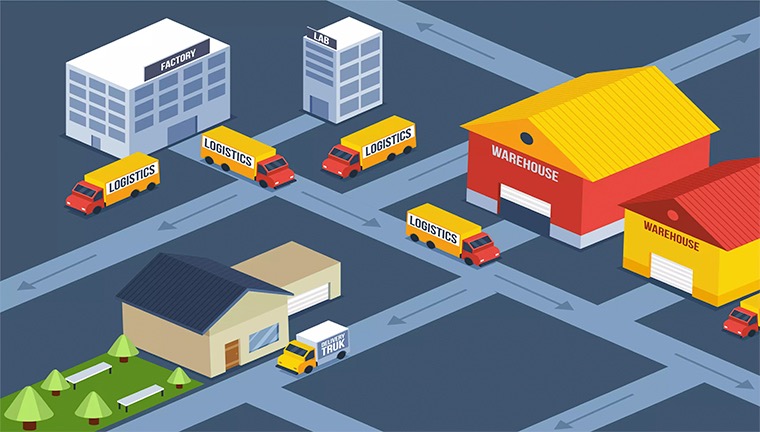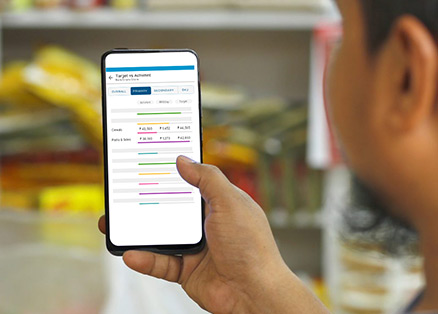Table of Contents
ToggleHanging together
The world of enterprise Digital Transformation is littered with projects in limbo.
That old project that’s stuck in UAT since forever. Another that’s held up because the pilot department can’t afford the time right now. Those business use cases that the consultant painstakingly prepared, but are stuck at the approval stage. And of course, the case where business teams simply do not cooperate – and Digital Transformation has to keep running around behind everyone’s back just to block their time for meetings.
Often the most difficult part of business transformation is to get everyone from the business to agree to it. Obtaining the “buy-in” from various departments can be more difficult than executing the project itself. Even the post-COVID surge in Digital Transformation spending has not made convincing stakeholders any less difficult. The excitement of securing additional Digital Transformation budgets is blunted by the slow realization that getting everyone onboard is no less challenging.
How To Win Friends And Influence Business Heads

Getting different departments as invested in and enthusiastic about tech-enabled transformations as you are can be challenging. Here are a few general guidelines and best practices to follow:
- Cultural change is as important as technological change. Digital transformation is not just about technology, it is about people. Business teams and Digital Transformation need to be on the same page – at all times. Any changes in business workflows need to be communicated in advance, managed with all adequate Change Management best practices, and executed with empathy and subtlety. Identify whoever is going to be affected by the project, demonstrate its urgency and importance, and most importantly, explain how they stand to benefit from the changes.
- Talk to business teams in their language. Getting your business teams invested in the project goes both ways: you also need to be invested in their work. What are their challenges, what are their problems, what is on top of their minds, what do they think about every day? Adopt an empathetic mindset, and invest effort into understanding their use cases and their line of work.
- Ensure smooth integration and communication with legacy software. Communication is important not only amongst humans, but also amongst different technologies and systems. How well your new technologies integrate with your older, legacy systems remains the top challenge for companies. Demanding from OEM vendors that all the relevant APIs are exposed and adequate documentation and training is just the start.
- Good things come in small packages. Big-bang approaches to digital transformation almost never work, regardless of the size of the organization and the project scope. Sensitive changes need to be implemented in a gradual, step-by-step manner, with small incremental modifications in each step. In the race to the destination, rather be the slow tortoise who wins than the fast hare who loses.
- One size doesn’t always fit all. The enterprise digital world is overdone with cookie-cutter fixes. Just because one solution worked for a competitor, doesn’t necessarily mean it will work for you too. Every organization’s unique attributes and conditions need to be taken into consideration when making a decision. Take a step back, break down your objectives into small chunks, and account for the rapid evolution of both the technology and your market as your project progresses.
Thinking, Fast and Slow
In an industry as dynamic as FMCG, you need trusted experts and advisors to enable your transformation to the next level of technology-enabled change. Whether directly increasing revenue, improving efficiency of your supply chain, or simply cutting costs – you need someone who has worked with dozens of clients in your industry, and specializes in executing bespoke, custom-made solutions to organizational challenges. But perhaps most important of all, you need more than just a vendor. You need a business partner, not just a technology partner. And digital transformation is about the end user, not Digital Transformation. Remember, RTM is fundamentally a business strategy, not a technological one.
About Post Author
Divir Tiwari
A technology enthusiast at heart, Divir loves a good challenge. What he enjoys, even more, is finding out if it can possibly be solved with technology. He is the heart of the Sales Team at FieldAssist and is a business development magician. Divir is a firm believer in collective organisational growth, product-based solutions and adding value to customers’ business.
















